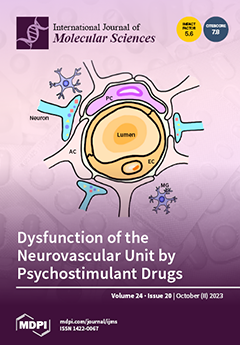Acetyl-CoA carboxylase beta (
ACACB) is a functional candidate gene that impacts fat deposition. In the present study, we sequenced exon 37–intron 37, exon 46–intron 46, and intron 47 of yak
ACACB using hybrid pool sequencing to search for variants and genotyped
[...] Read more.
Acetyl-CoA carboxylase beta (
ACACB) is a functional candidate gene that impacts fat deposition. In the present study, we sequenced exon 37–intron 37, exon 46–intron 46, and intron 47 of yak
ACACB using hybrid pool sequencing to search for variants and genotyped the gene in 593 Gannan yaks via Kompetitive allele-specific polymerase chain (KASP) reaction to determine the effect of
ACACB variants on carcass and meat quality traits. Seven single nucleotide polymorphisms were detected in three regions. Eight effective haplotypes and ten diplotypes were constructed. Among them, a missense variation g.50421 A > G was identified in exon 37 of
ACACB, resulting in an amino acid shift from serine to glycine. Correlation analysis revealed that this variation was associated with the cooking loss rate and yak carcass weight (
p = 0.024 and 0.012, respectively). The presence of haplotypes H5 and H6 decreased Warner–Bratzler shear force (
p = 0.049 and 0.006, respectively), whereas that of haplotypes H3 and H4 increased cooking loss rate and eye muscle area (
p = 0.004 and 0.034, respectively). Moreover, the presence of haplotype H8 decreased the drip loss rate (
p = 0.019). The presence of one and two copies of haplotypes H1 and H8 decreased the drip loss rate (
p = 0.028 and 0.004, respectively). However, haplotype H1 did not decrease hot carcass weight (
p = 0.011), whereas H3 increased the cooking loss rate (
p = 0.007). The presence of one and two copies of haplotype H6 decreased Warner–Bratzler shear force (
p = 0.014). The findings of the present study suggest that genetic variations in
ACACB can be a preferable biomarker for improving yak meat quality.
Full article






